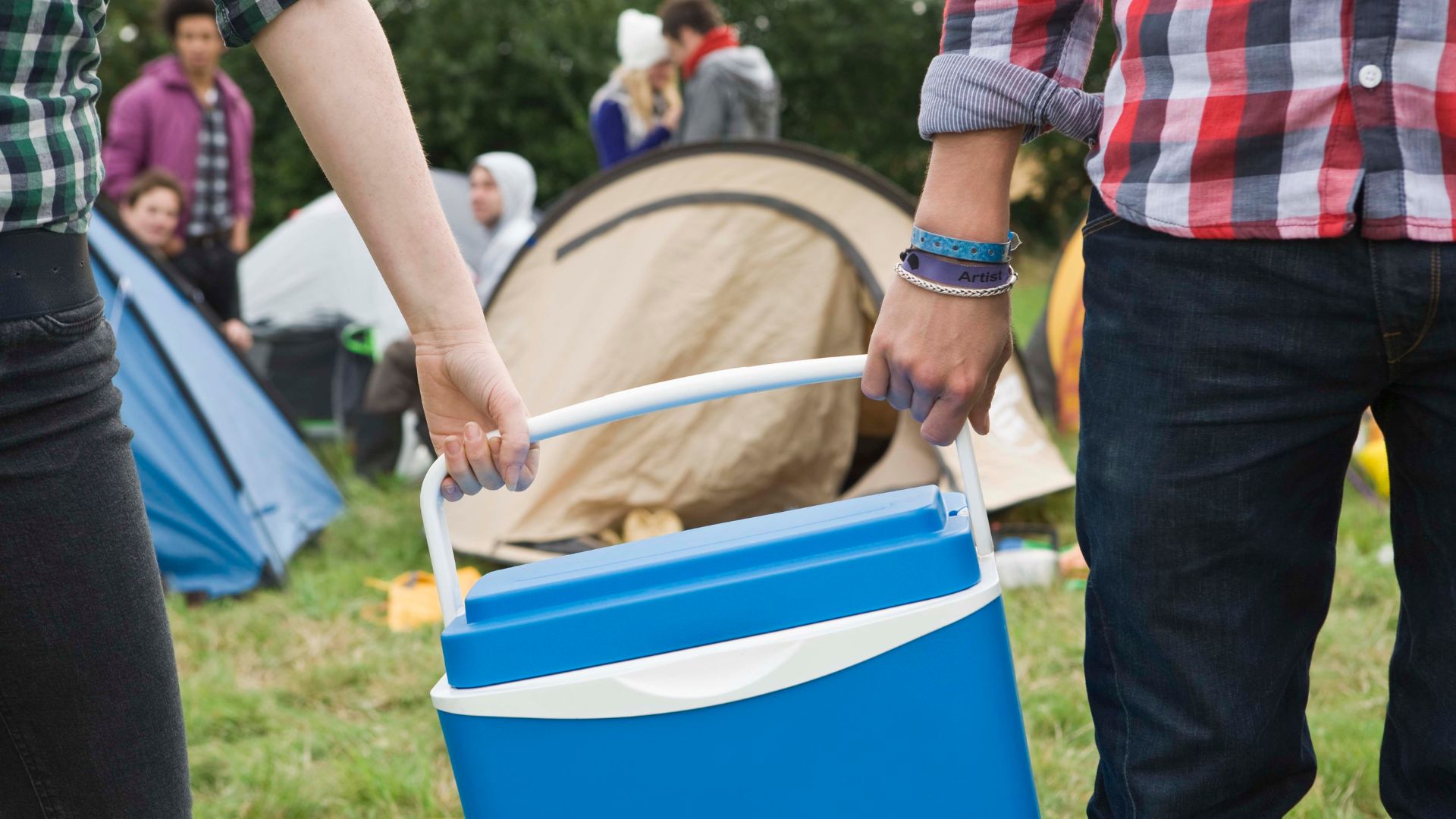Thermal Coolers For Camping

Thermal coolers are essential pieces of any camping kit, keeping food and drinks chilled for several days under most circumstances.
Considerations when purchasing a cooler are capacity, type of foam and portability – we will also share tips and tricks for keeping provisions cold when out in the wilderness.
Insulation
No matter the nature of your adventure, finding a cooler that keeps food and drinks cold can make or break it. A thermal cooler should do the trick, keeping ice longer while keeping food at an appropriate temperature.
Soft-sided coolers like the Coleman Camp Cooler utilize polyethylene foam insulation that may either be open cell or closed cell – with closed cell insulation being more effective at keeping air bubbles apart and thus providing better insulation.
Hard coolers like the RTIC Tundra Haul use thicker closed-cell insulation that’s heavier but more durable. Its large capacity holds more ice for extended trips while providing many useful features, like drain plug and non-slip top, along with seating or step stool options that double as tables – perfect for car camping trips and tailgating parties at football games!
Thermostat
A thermostat is an indispensable component of any swamp cooler as it helps you regulate the amount of energy being used. Swamp coolers must remain connected to power at all times; however, using a thermostat allows you to save money by only running them when necessary.
Comparative to refrigerators, thermoelectric coolers don’t reach as low of temperatures; typically cooling to about 20 degrees below ambient temperature without freezing items, making them less suitable if camping in extreme environments where food must remain cold.
Dometic offers a selection of programmable thermostats designed to give RV cooling and heating a modernized feel, enabling users to set preset temperature ranges and schedule when heater or AC will turn on or off throughout the day, giving greater control of energy usage while also relieving battery stress by not cycling on and off as frequently.
Temperature Control
Ice is essential in keeping foods and drinks cold in a cooler. Most basic models can hold several days worth of ice; for optimal performance consider investing in higher-end models.
For instance, the YETI Tundra Haul hard cooler uses thick insulation that ensures multiple-day ice retention and features swing-up handles with slotted lid designs that increase stacking ability.
Rotomolded construction makes this cooler incredibly durable for rough handling. Furthermore, its never-flat wheels ensure it can handle even the toughest terrains.
One drawback is its limited insulated material, which only maintains temperatures within a couple of degrees of what was set for. This could pose issues on camping trips where temperatures fluctuate throughout the day. More expensive models like Dometic and National Luna provide more accurate temperature controls.
Portability
Coolers are essential tools for enjoying outdoor adventures, but it is important to remember that budget plays a big part in which model you can afford – from basic models of under $100 up to high-end thermal coolers which cost thousands.
While price may be an important factor when choosing your cooler, take time to think about its purpose as well. If it will only be used for picnics and weekend camping trips, a basic model should suffice; but for extended wilderness camping trips and tailgating events, an investment in durable exterior materials might be wiser.
People looking for superior insulation may prefer hard-sided coolers made with UV-resistant roto-molded polyethylene. Not only are these coolers designed to withstand rough handling and prolonged exposure to the elements, they’re also extremely durable.
